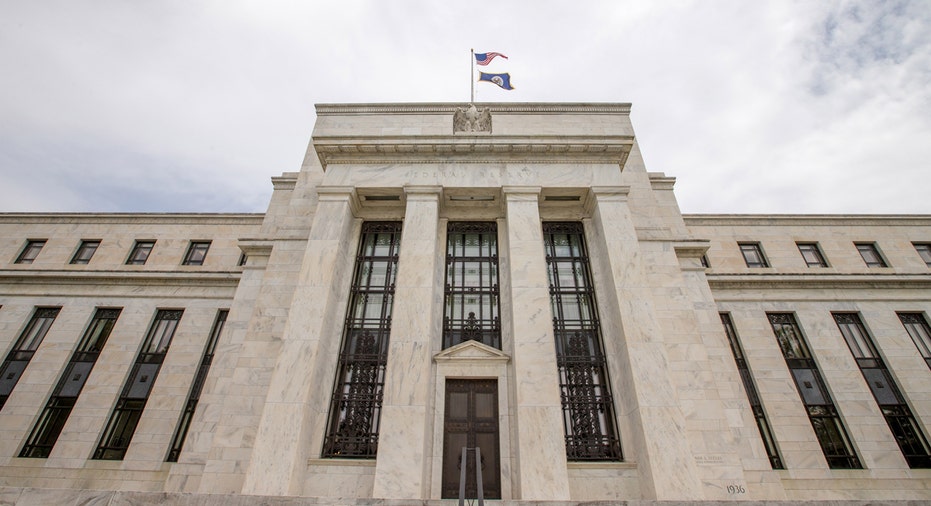Fed to Grab Spotlight Amid Volatility Comeback

Stock investors this week will focus on the Federal Reserve's monetary policy decision and whether economic growth trends have given the U.S. central bank reason to raise interest rates off of rock-bottom levels.
In the days leading up to Wednesday's policy announcement, market volatility has spiked following two months of relative calm. In the last six trading sessions, the benchmark S&P 500 has moved at least 1 percent four times, twice up and twice down, whipsawed by shifting perceptions of what the Fed may do.
The CBOE Volatility Index, the most widely followed gauge of near-term investor anxiety, is holding near two-month highs.
Following a week of mixed economic data, investors pared bets the Fed will raise rates nextweek. As of Friday afternoon, traders predicted only a 15 percent likelihood of a hike after its two-day meeting, according to the CME's FedWatch website.
"Most of the indicators I've seen suggest that the markets really don't anticipate there's much chance of a hike this month," said Bruce McCain, chief investment strategist at Key Private Bank in Cleveland, Ohio. "If they come with a rate hike, a lot of investors will scramble."
If the Fed, as expected, holds off, the focus will shift to its December meeting. Investors were betting such a move was more likely than not as of Friday, with a 52 percent perceived probability.
"If we hear a hawkish tone, in essence getting the market ready for December, the market can absorb that as long as you have the (strong economic) data underpinning," said Quincy Krosby, market strategist at Prudential Financial in Newark, New Jersey.
One investor believes Fed officials want to raise rates in order to prepare options should the economy soften in the near future. However even hinting at an increase sparks a sell-off that stifles their intentions.
"If nothing happens and we begin the cycle of 'will they do it in December or not?,' I think volatility continues some," said Peter Tuz, president of Chase Investment Counsel in Charlottesville, Virginia.
He added that elements feeding into volatility also include the U.S. presidential election and global economic conditions.
The benign rate environment has helped fuel major U.S. stock indexes to all-time highs in July and August. The S&P 500 now sits about 2.5 percent below its record close, and it remains up about 4.5 percent for 2016.
The Fed's decision also will factor into the performance of high dividend-paying telecoms and utilities shares, which tend to benefit from low-rate environments. The sectors have each climbed about 13 percent in 2016, topping other groups, but have pared gains in recent months.
"If the rate increase is priced out, and the Fed language suggests that, then you could see money coming back into these stocks and sectors where yield is a big component of their total return," said Bucky Hellwig, senior vice president at BB&T Wealth Management in Birmingham, Alabama.
Real estate is another high-dividend-paying sector benefiting from muted Fed action, helped by the expectation that mortgage rates will stay low. Real estate stocks will mark on Monday their first full trading day as a major S&P 500 sector, breaking out from financials.
"If the Fed holds off, I would think that they would do pretty well," said Aaron Jett, vice president for global equity research at Bel Air Investment Advisors in Los Angeles.
(Reporting by Lewis Krauskopf; Editing by Daniel Bases and James Dalgleish)